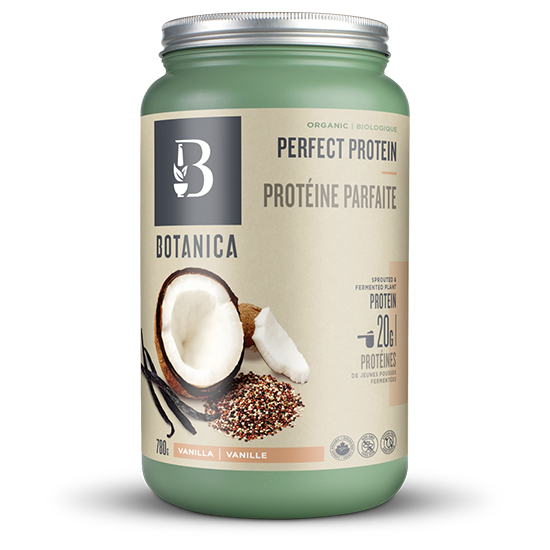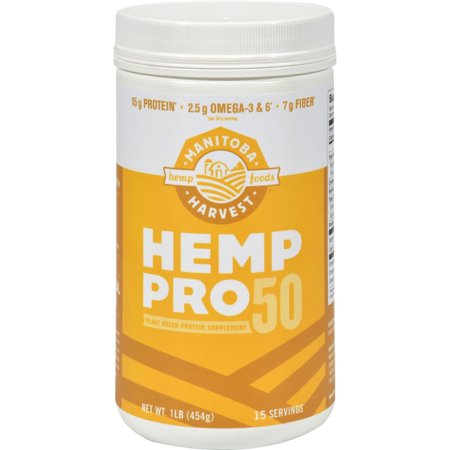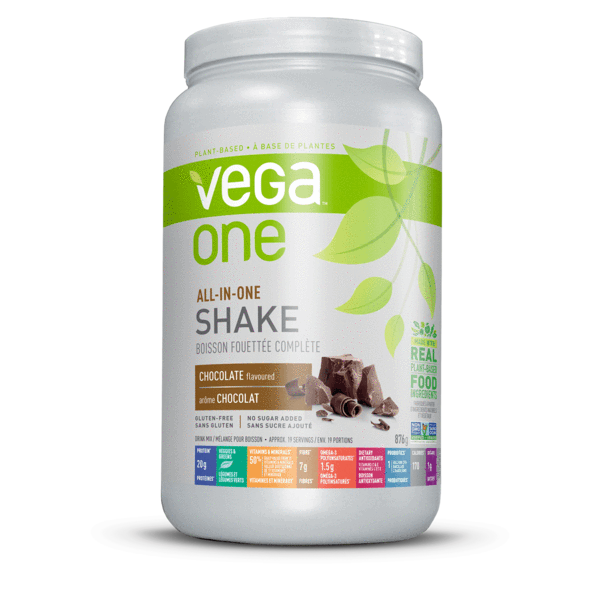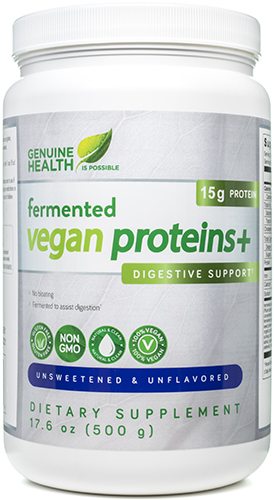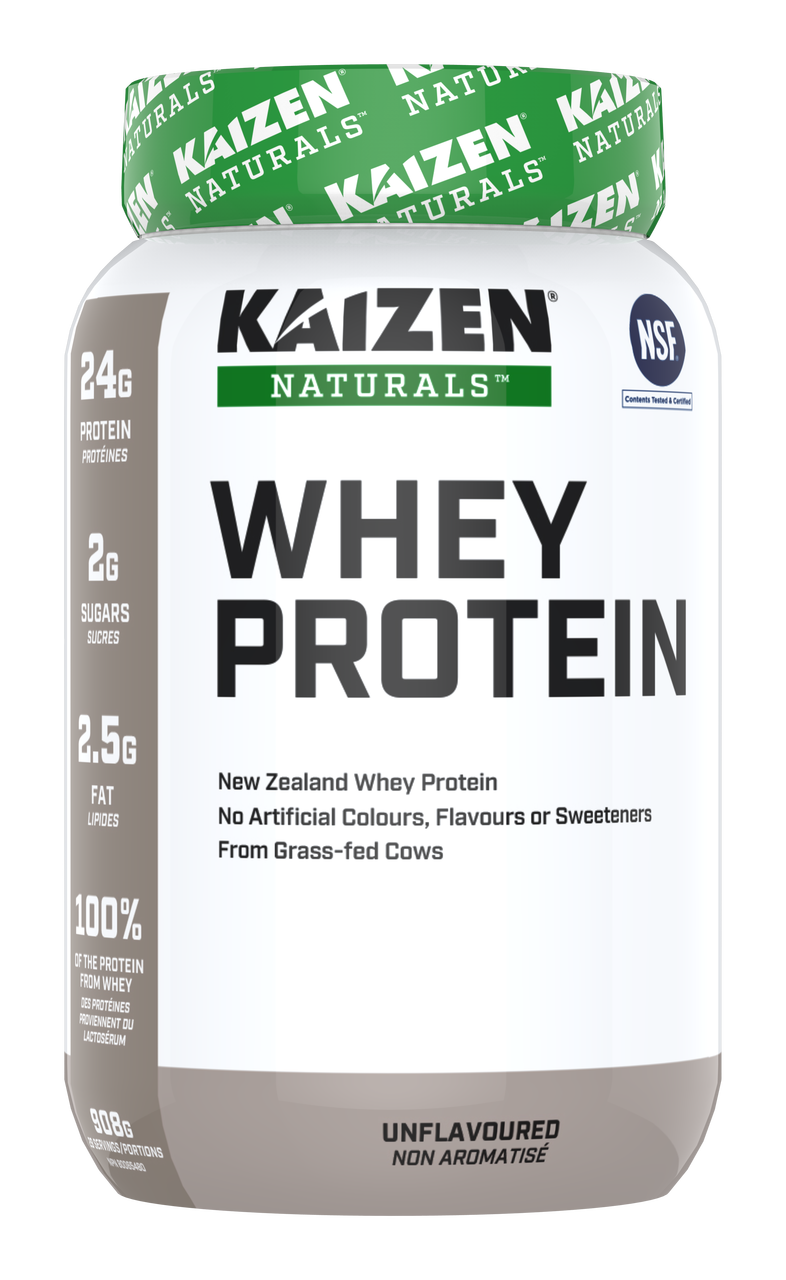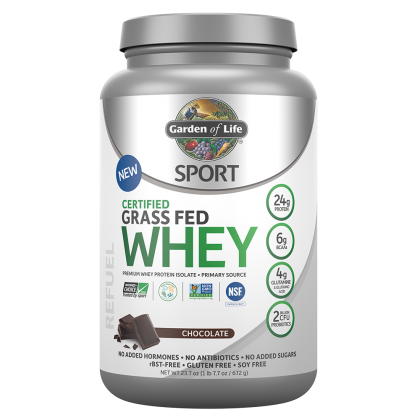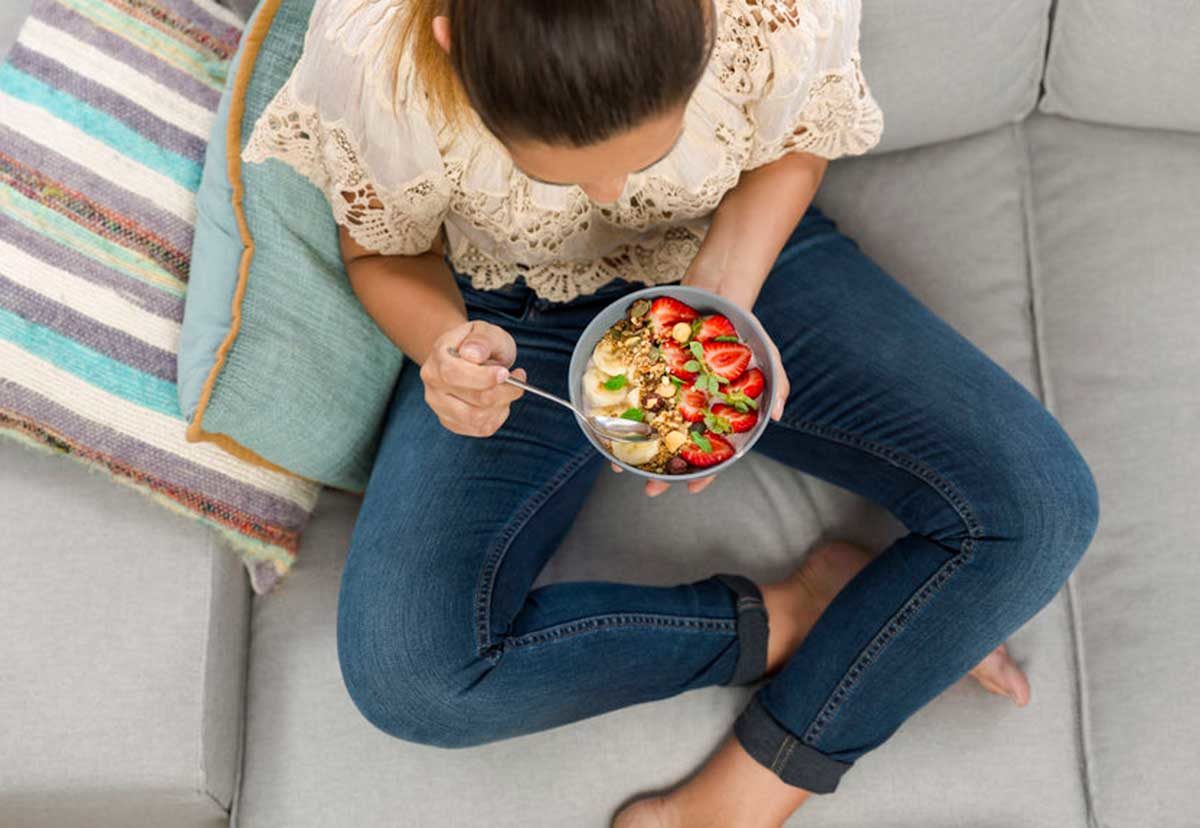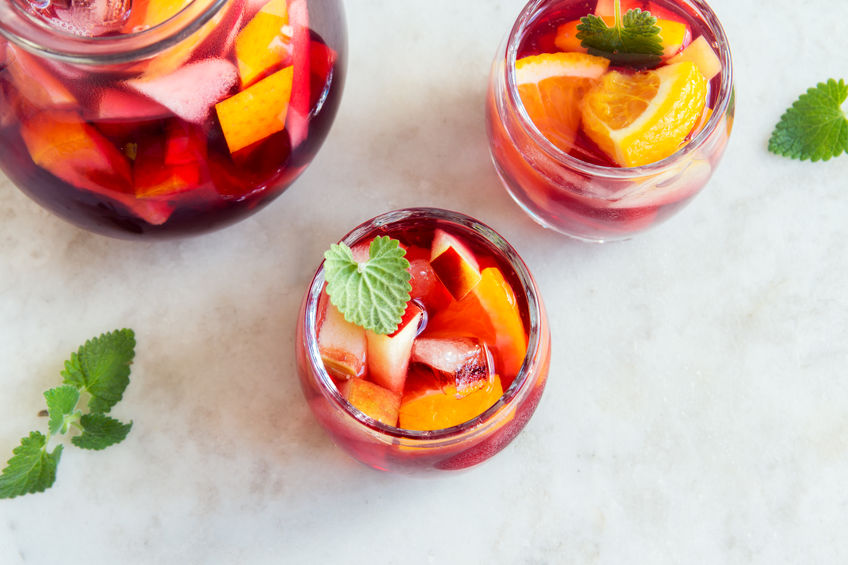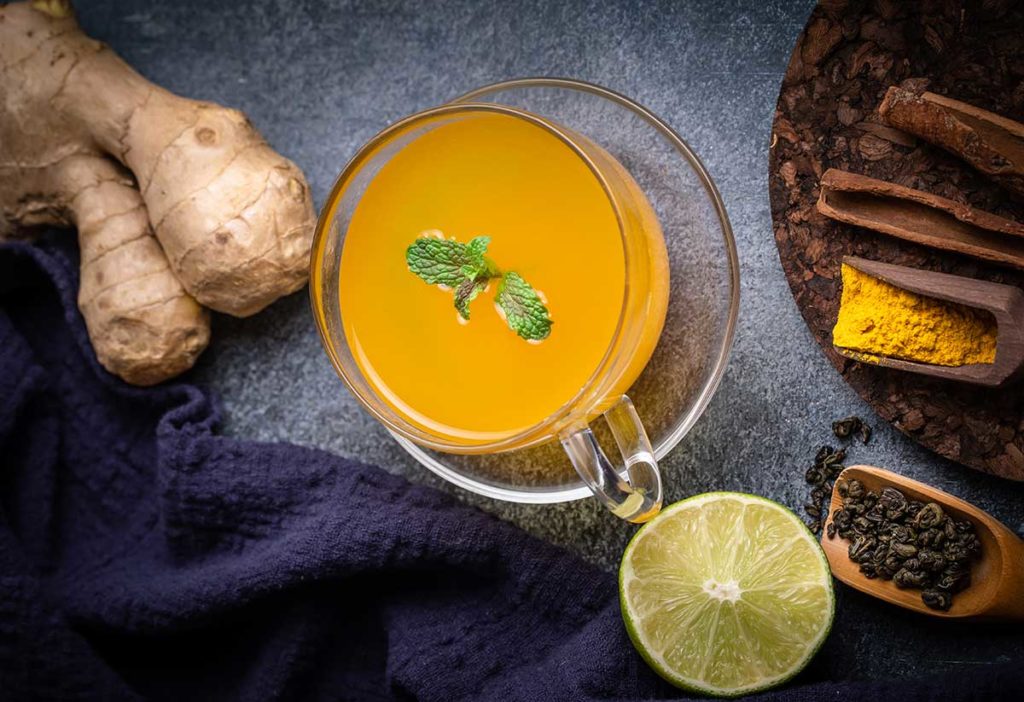Of all the nutrition recommendations I give my clients, changing what they eat isn’t usually as hard for them as changing the way they eat.
Eating mindfully is something we think of as a luxury, meant for “when we have time.” We think of it as not being realistic for our busy lives. There are so many different things pulling our attention – work, busy families, physical routines, and all the other daily distractions – it can be difficult to sit down and eat mindfully.
Yet, when we’re constantly distracted we live in our fight/flight response, our bodies are not ready to properly digest our food. This leads to indigestion, bloating, gas, and can cause changes in our microbiome.
We need to be calm, relaxed and breathe deeply for our bodies to be ready to take in our nutrients properly. Bringing mindfulness to the table is a great way to ensure your body is calm and ready to eat. When you eat mindfully, you’re more in touch with your body so you’ll know when you’re hungry and be able to stop when you’re full.
To help you put this into practice, here are seven simple ideas to help you establish more mindful eating habits and reconnect to your body.
1. Tune in to your body’s signals
Rather than just eating on emotional cues (different for each of us, like sadness, anger, frustration, loneliness, stress or even just boredom) we can learn to tune into and be better listeners of our body’s actual hunger signals.
For example, is your stomach growling, is your energy low, are you feeling a little lightheaded, or even ‘hangry’?
2. Put food on a…plate
Too obvious? Think about this: eating out of a bag is not a very mindful practice. So, get in the habit of placing even snacks on a plate before eating them. This helps you to take notice of exactly what and how much you’re actually eating.
Also, acknowledge the time, effort and passion you put into creating your meal – consider all the ingredients, and the preparation and intention involved in getting the food from stove to plate.
3. Sit….at a table
Now that you’re eating from a plate, continue “formalizing” your eating experience by always sitting at a table.
This helps to pull your attention back to your food and to your eating habits. It has also been shown to dramatically reduce overeating – especially for those who tend to eat in front of the TV. When you have no distractions, you’ll be better able to listen to your body’s cues and notice how you feel when eating different foods.
4. Make the table a NO device zone
Whether you eat on your own or with others, make the table a no device zone so that you can be fully present in your body and with your food. This includes putting away the devices and turning off the TV.
You can designate the first few minutes of a meal for a mindfulness practice by each sharing something that you’re grateful for. When you’re feeling gratitude, your body is relaxed and at ease – the state you need to be in to digest properly.
5. Slo-o-o-o-w down (and chew!)
Slowing down is one of the easiest, and most effective ways we can get our body and mind to coordinate in their signals of what we really need for nutritional purposes.
It can take up to 20 minutes for your brain to get the signal from your body that you’re feeling full – a little glitch in human physiology, which is why it can be easy to overeat. But, if we slow down, we can give our body a chance to catch up to our brain, hear the signals properly, and eat the right amount.
Chewing more, and more slowly, is probably THE simplest and most effective way to begin developing the habit of eating mindfully.
6. Pause between bites
Putting your fork down between bites of food ensures that you chew your food properly. Did you know that it’s ideal for you to chew every bite 25 times, in order to properly break down your food enough to be well digested by your body.
So chew thoroughly, and put your fork down between bites, rather than mindlessly picking at your plate or preparing to shovel in your next bite. Oh, and you’ll actually get to taste your food!
So, there you have it – six easy and actionable ways you can start practicing mindfulness, especially when you’re eating. Your whole body will benefit from slowing down, and being more intentional and present while eating.
ACTIVITY
Tapping into ALL of your senses is a great way to be fully present while eating – because it isn’t just about taste. There are so many things to experience when we eat food — colours, textures, smells and even sounds. Let’s put this concept to the test!
The Mindful Raisin Experiment
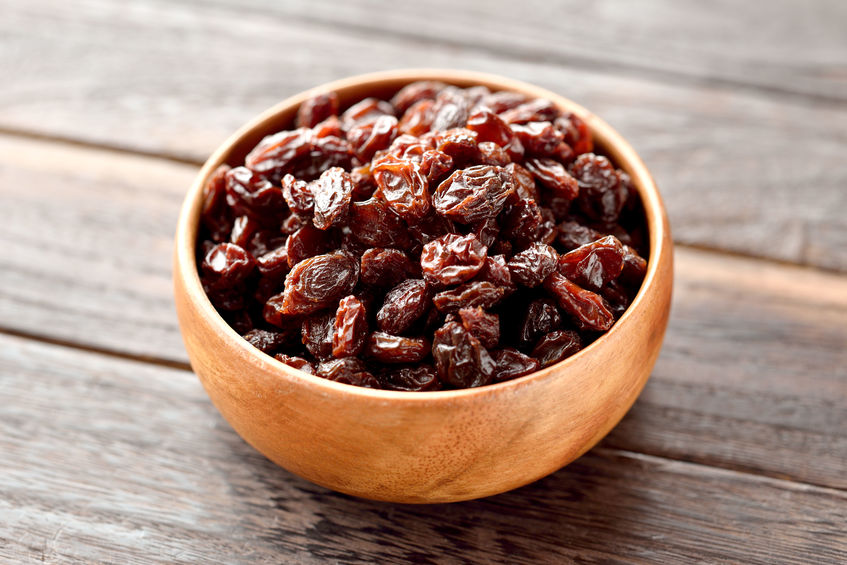
Ingredients:
- 3 plump, juicy raisins
How to eat raisins…mindfully:
- With raisins in hand, begin to explore them with all of your senses. Imagine that you’ve never seen a raisin before. Discover everything you can about them!
- Turn them around with your fingers and take note of the colours.
- Observe the texture – any softness, hardness, coarseness, or smoothness.
- Put the raisins up to your nose and take note of any aroma.
- Place the your raisins close to one ear, squeeze them or roll them around, listening to any sounds.
- Now…the really fun part! Slowly put the 3 raisins in your mouth, noticing the sensation of your mouth beginning to water as you start to chew them.
- Chew the raisins slowly and with intention until they are virtually disintegrated.
- When you feel ready to swallow, note the sensations of swallowing the raisin – for example, sensing it moving down your throat and into your esophagus on its way to your stomach.
- Visualize this happening, and the energy and nourishment that this intentional eating is going to provide your body.
- Take a moment to congratulate yourself for taking this time to experience truly mindful eating!


